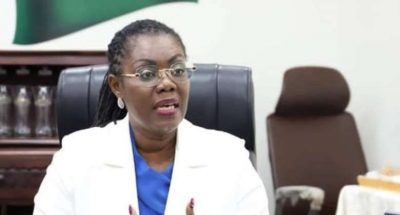Hon. Ursula Owusu-Ekuful, Minister for Communications and Digitalisation, says 18 beneficiary communities of the East Mamprusi District have been
Hon. Ursula Owusu-Ekuful, Minister for Communications and Digitalisation, says 18 beneficiary communities of the East Mamprusi District have been included in the first phase of the Ghana Rural Telephony and Digital Inclusion Project (GRTDIP).
Out of the number, five communities have had their masts constructed and ready for traffic.
Mrs Owusu-Ekuful told parliament on Tuesday more communities from the Nalerigu and Gambaga would be added in the next phase of the GRTDIP.
The Communications and Digitalisation Minister disclosed this on the floor of Parliament when Mr Seidu Issifu, the Member of Parliament for Nalerigu and Gambaga asked her the number of communities in the Gambaga Municipality expected to benefit from the GRTDIP.
“Mr Speaker, lands have been acquired and ready for construction to commence in the following communities: Langbina, Gbangdaa, Yankazia, Zandua and Wundua.
“Mr Speaker the others are Yunyalanyiri, Dagbiriboari, Kulgona, Laatari, Kpaluaka, Nanyeli (Langayiri), Za’ari, Namongu, Jawani, Kolinvae and Tunni (Tundi),” she said.
The Ministry of Communications and Digitalisation through the Ghana Investment Fund for Electronic Communications (GIFEC), in partnership with the Export-Import Bank of China and Huawei Technologies Ghana officially launched the Rural Telephony Project at Atwereboana in the Ashanti Region on November 4, 2020.
The initiative aims to provide voice and data services to more than 3.4 million people in underserved and unserved communities by commissioning 2,016 Rural Star sites developed by Huawei, thereby extending national mobile coverage from 83 per cent to 95 per cent and greatly accelerating local economic development.
The solution is expected to save the government up to 70 per cent of the cost of traditional cell sites.

COMMENTS